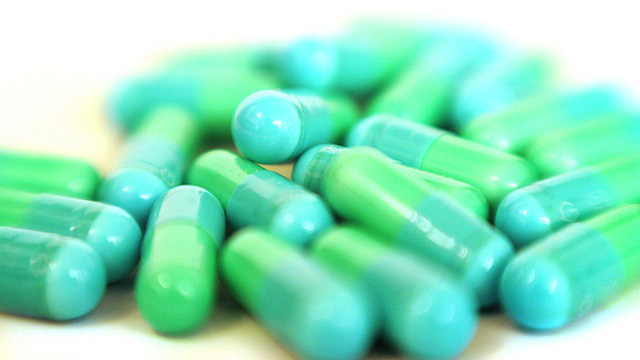
When your cold or flu virus turns into a bacterial infection, like a severe sinus infection, taking antibiotics can seem like a miracle. You often start feeling better after just a day or two, and you’re no longer contagious after about three days.
Antibiotics work by killing bacteria or by stopping bacteria from multiplying. Each type of antibiotics affects different bacteria in different ways, although broad-spectrum antibiotics are used to treat a wide range of infections. Antibiotics quickly make you feel better because the drug kills the majority of the targeted bacteria very quickly.
However antibiotics also kill beneficial bacteria and induce negative side effects -- most commonly diarrhea, upset stomach, and vaginal yeast infection. For instance, antibiotics cause about one out of three people to get diarrhea by disrupting the balance of the intestinal flora, a collection of bacteria and other microorganisms in the digestive tract. This can result in an overgrowth of the Clostridium difficile bacteria that causes diarrhea. Similarly, antibiotics can disrupt the vaginal flora and cause an overgrowth of Candida yeasts to cause a yeast infection.
Probiotics are live bacteria, yeasts and other microbes intended to maintain or restore the supply of beneficial bacteria in the body, particularly the stomach and intestines. Probiotics are found naturally in certain foods, including yogurt, aged cheeses, kefir, miso, tempeh, and fermented cabbage. Dietary supplements are another common source of probiotics.
Although probiotics have been widely promoted as a way to keep your body in balance, scientific evidence for these claims have been weakened by the small size of most research studies. However, the use of probiotics to reduce antibiotic-induced side effects is now becoming more widely accepted by the medical profession.